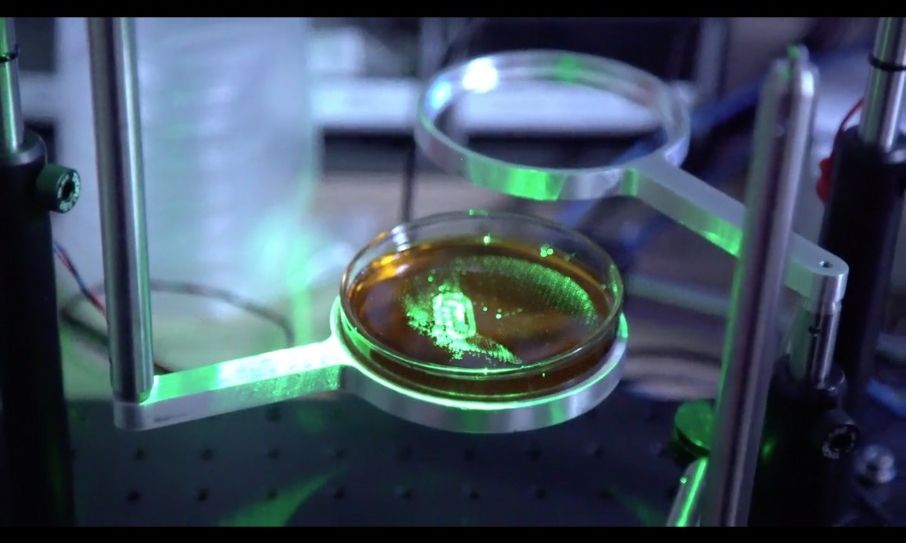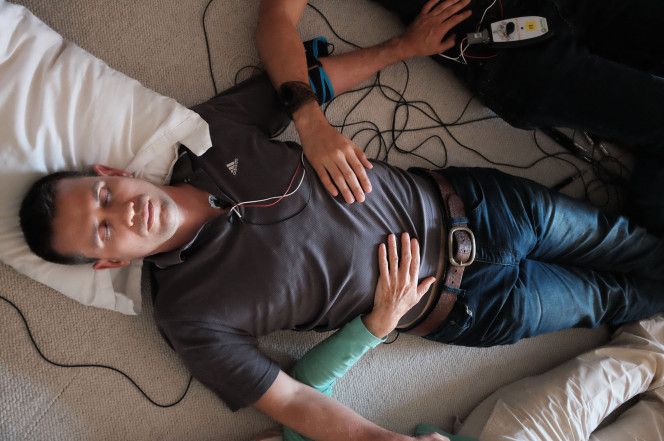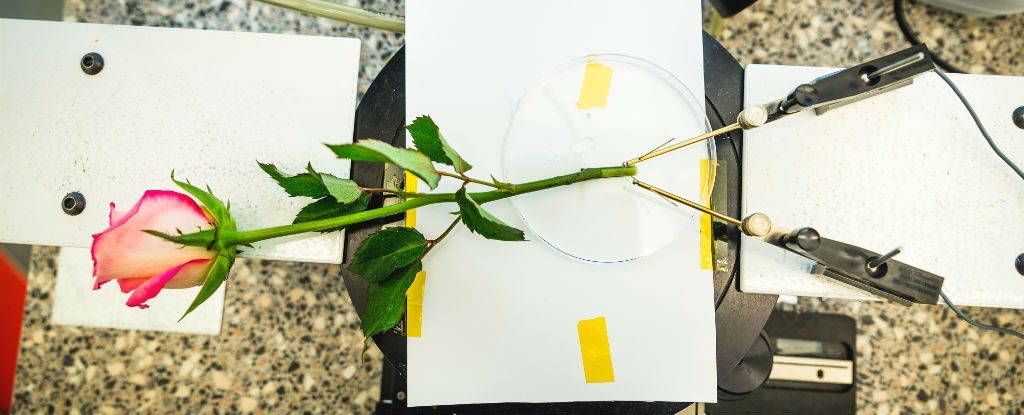Page 10422
Feb 27, 2017
Elon Musk And SpaceX Are Sending Humans to the Moon
Posted by Bruno Henrique de Souza in categories: Elon Musk, Peter Diamandis, space travel
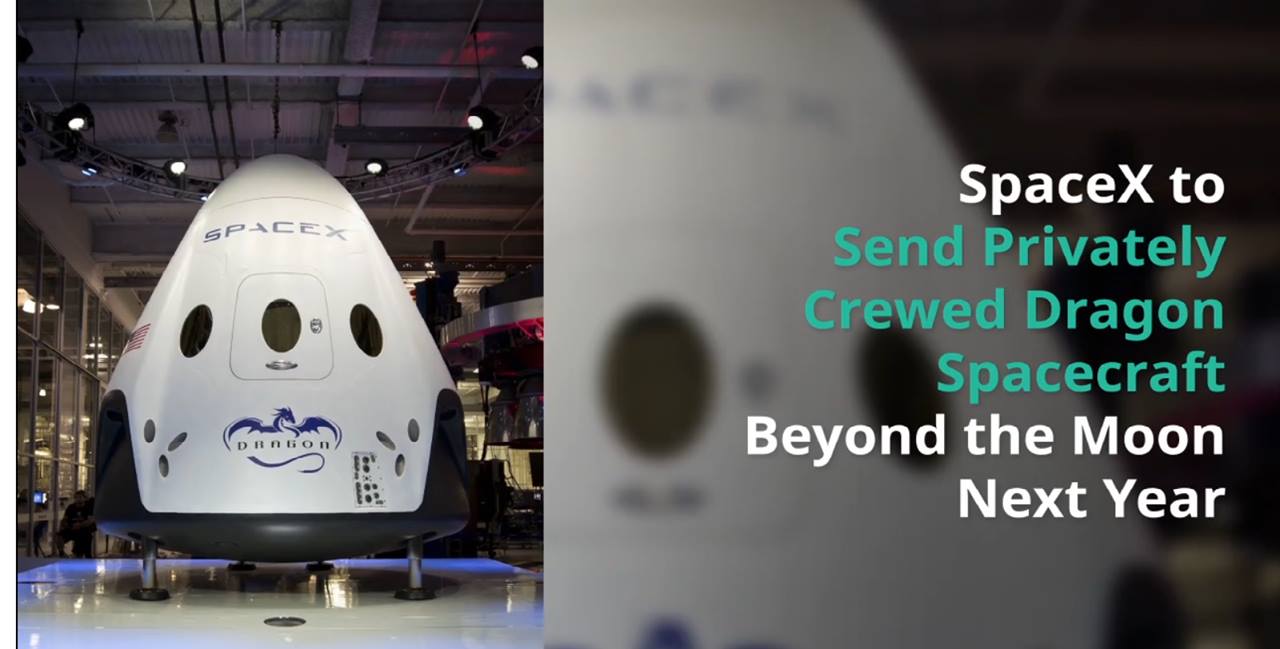
Learn all about the beginning of the private space race in the book.
How To Make A Spaceship
Book: https://goo.gl/7rF2al
Peter H. diamandis / XPRIZE julian guthrie / penguin press stephen hawking richard branson / virgin galactic

Handle is a research robot that stands 6.5 ft tall, travels at 9 mph and jumps 4 feet vertically. It uses electric power to operate both electric and hydraulic actuators, with a range of about 15 miles on one battery charge. Handle uses many of the same dynamics, balance and mobile manipulation principles found in the quadruped and biped robots we build, but with only about 10 actuated joints, it is significantly less complex. Wheels are efficient on flat surfaces while legs can go almost anywhere: by combining wheels and legs Handle can have the best of both worlds.
Feb 27, 2017
Science can help you reach enlightenment — but will it mess with your head?
Posted by Carse Peel in categories: government, neuroscience, science
A Navy SEAL, broad-chested and strongly built, floats peacefully on the water, as his recent deployment to a war-torn country becomes a distant memory.
Sealed inside a pitch-black sensory deprivation tank in the Mind Gym at Navy SEALs headquarters in Norfolk, Va., electrodes attached to his head, he has reached an altered state of consciousness referred to as “ecstasis” or “stepping outside oneself.”
It’s a state achieved by many others throughout time. High-performance athletes are in ecstasis when they ski down huge mountains or surf giant waves. Monks attain it after years of meditation. Mystics feel it when they have visions. And the US government uses it to try to reset their most elite warriors after brutal battles abroad.
Continue reading “Science can help you reach enlightenment -- but will it mess with your head?” »
Feb 27, 2017
Scientists Make Breakthrough in Antimatter Research
Posted by Shane Hinshaw in categories: innovation, particle physics
CERN researchers make a major step in understanding antimatter by trapping antihydrogen atoms and controlling them with lasers.
Feb 27, 2017
BREAKING: Elon Musk And SpaceX Are Sending Humans to the Moon
Posted by Carse Peel in categories: Elon Musk, space travel
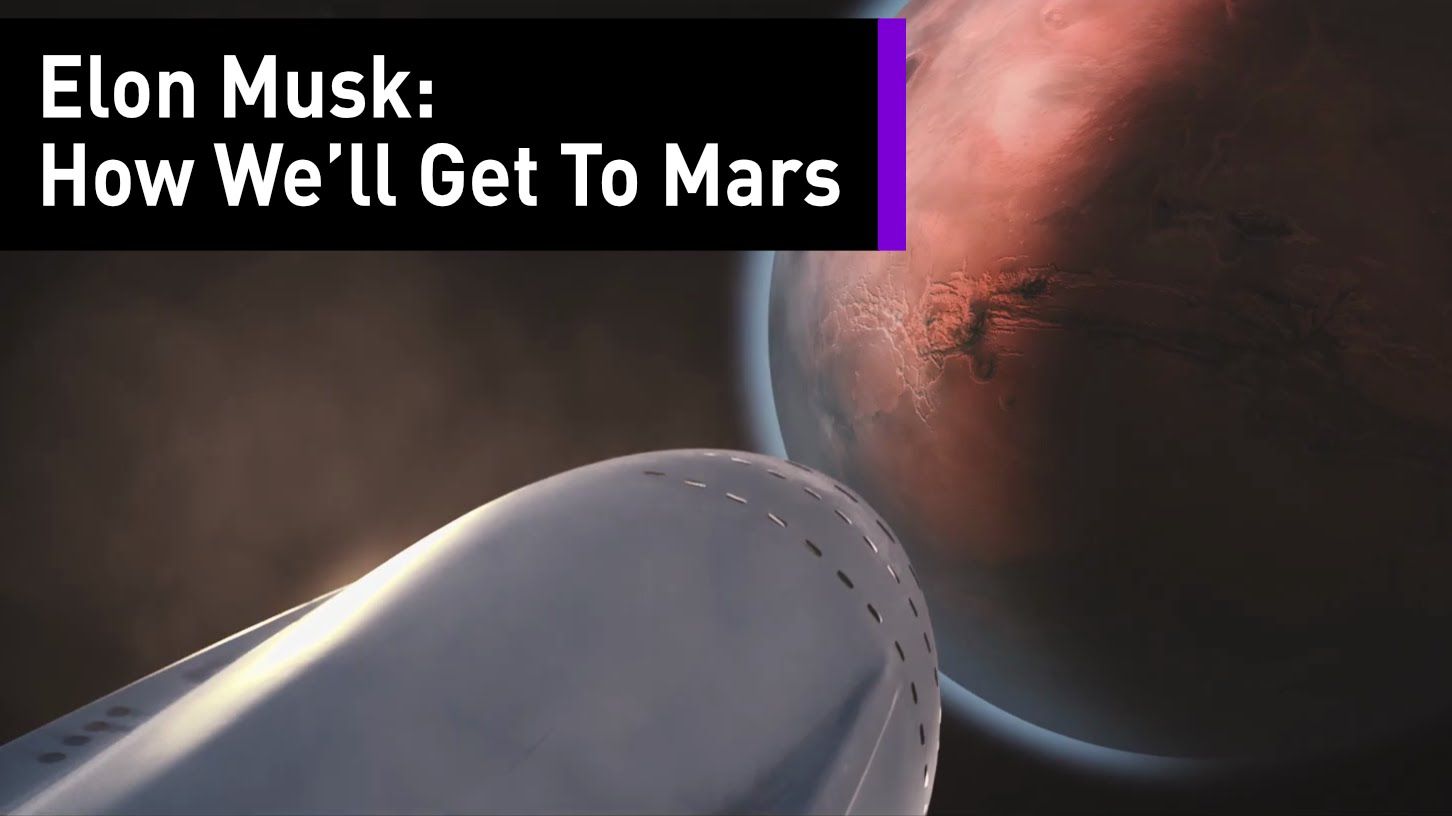
In Brief
- Yesterday, SpaceX founder and CEO Elon Musk said that his private spaceflight company would have a notable announcement today at 4pm EST (1pm GMT).
- It seems that humans are going back to the Moon. Here’s what you need to know about this new revelation and what it means in relation to humanity’s journey into the cosmos.
Rocket science isn’t easy. Ask any engineer. Rocket science isn’t cheap. Just ask NASA. Fortunately, in recent years, a number of commercial spaceflight companies have stepped up to the plate in order to help national space agencies extend their reach into the final frontier.
Continue reading “BREAKING: Elon Musk And SpaceX Are Sending Humans to the Moon” »
Feb 27, 2017
This ‘Cyborg Rose’ Grows Functioning Electronic Circulatory Inside Its Stem and Leaves
Posted by Shane Hinshaw in categories: cyborgs, robotics/AI
Scientists have figured out how to inject a conducting solution into a rose cutting, and have it spontaneously form wires throughout its stem, leaves, and petals to create fully functioning supercapacitors for energy storage.
The so-called e-Plant was able to be charged hundreds of times without any loss on the performance, and the team behind the invention says it could allow us to one day create fuel cells or autonomous energy systems inside living plants.
“A few years ago, we demonstrated that it is possible to create electronic plants, ‘power plants’, but we have now shown that the research has practical applications,” says one of the team, Magnus Berggren from Linköping University in Sweden.
Feb 27, 2017
An ultra-low-power artificial synapse for neural-network computing
Posted by Sean Brazell in categories: computing, neuroscience
(Left) Illustration of a synapse in the brain connecting two neurons. (Right) Schematic of artificial synapse (ENODe), which functions as a transistor. It consists of two thin, flexible polymer films (black) with source, drain, and gate terminals, connected by an electrolyte of salty water that permits ions to cross. A voltage pulse applied to the “presynaptic” layer (top) alters the level of oxidation in the “postsynaptic layer” (bottom), triggering current flow between source and drain. (credit: Thomas Splettstoesser/CC and Yoeri van de Burgt et al./Nature Materials)
Stanford University and Sandia National Laboratories researchers have developed an organic artificial synapse based on a new memristor (resistive memory device) design that mimics the way synapses in the brain learn. The new artificial synapse could lead to computers that better recreate the way the human brain processes information. It could also one day directly interface with the human brain.
The new artificial synapse is an electrochemical neuromorphic organic device (dubbed “ENODe”) — a mixed ionic/electronic design that is fundamentally different from existing and other proposed resistive memory devices, which are limited by noise, required high write voltage, and other factors*, the researchers note in a paper published online Feb. 20 in Nature Materials.
Continue reading “An ultra-low-power artificial synapse for neural-network computing” »
A super-material that bends, shapes and focuses sound waves that pass through it has been invented by scientists.
The creation pushes the boundaries of metamaterials — a new class of finely-engineered surfaces that perform nature-defying tasks.
These materials have already shown remarkable results with light manipulation, allowing scientists to create a real-life version of Harry Potter’s invisibility cloak, for example.
Feb 27, 2017
Scientists Have Unveiled The World’s Most Powerful “Super Laser”
Posted by Shane Hinshaw in category: energy
British and Czech scientists have unveiled a new “super laser” that they claim is the most powerful pulse laser available today.
The laser was developed by Britain’s Central Laser Facility (CLF) and Czech research and development project HiLASE (high average power pulsed laser). The 22-ton device has been dubbed Bijov after a mythical Czech strongman, and it cost $48 million to build.
Bijov has an average power output of 1,000 watts — a world record for pulse lasers. It first crossed this “magical barrier” on December 16, 2016, and HiLASE physicist Martin Divoky told AFP that it is “10 times as powerful” as any other laser of the same type.
Continue reading “Scientists Have Unveiled The World’s Most Powerful ‘Super Laser’” »
